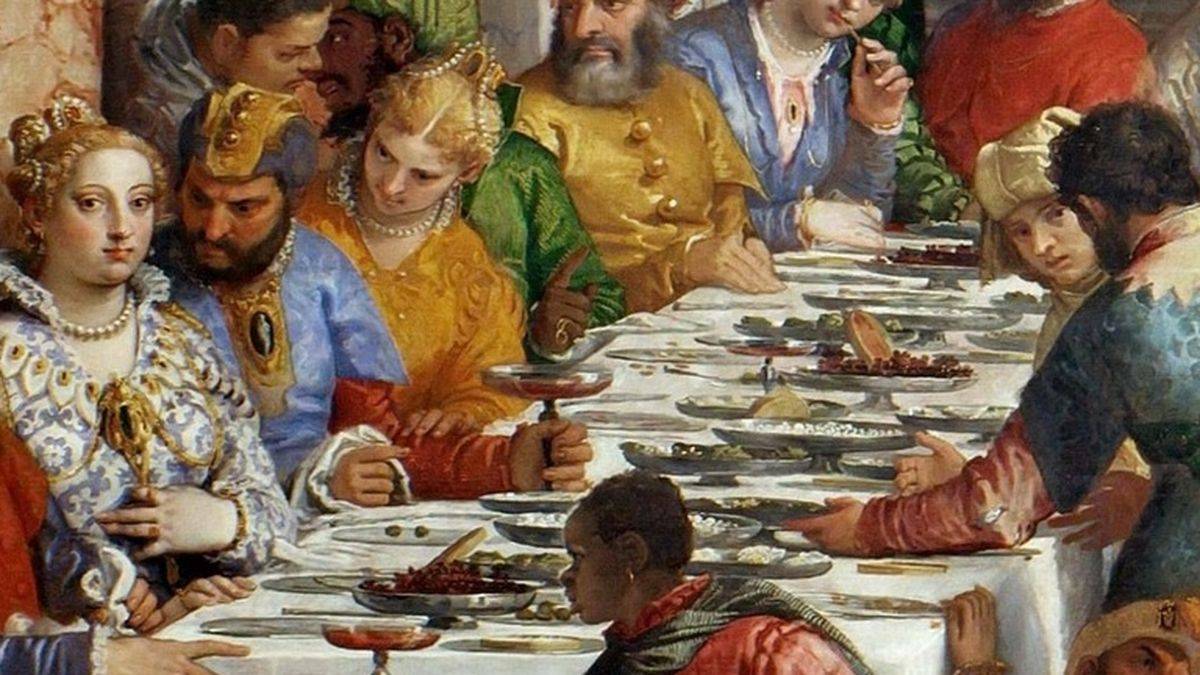 Wedding at Cana, Veronese | ©WikimediaCommons / Public domain
Wedding at Cana, Veronese | ©WikimediaCommons / Public domainWhat’s this?
Do you know the cotignac? A sweet from Orléans (Central France): a quinces jelly! And on its round wooden packaging (made of spruce), you'll recognize… Joan of Arc, the city emblem! To make the cotignac, artisans choose ripe quinces.
They cut them in pieces, then cook them with water in a big copper pot. They get… juice! Then, they add sugar and glucose to this juice, and they get the cotignac. In the end, they cook this mixture and put them in those little round packaging...
The little history
The cotignac is a very old French recipe! In the Middle Ages, they already cooked quinces with honey and wine (today, they replaced honey by sugar, and no more wine!).
But primitively, the cotignac wasn’t a sweet! It was a medicine sold by apothecaries for its digestive properties.
François Lemaire in his book Histoire et antiquités de la ville d'Orléans said ″the cotignac is a laxative paste, but also a syrup, a jelly and a jam. If you eat it as a starter, it helps the digestion and prevents the hangover. If pregnant women eat it, they’ll have a witty and intelligent child.″
Even Nostradamus said those pastes were ″very good″, for two reasons: ″for medicine… and for the delicacy.″
Anyway, people from Orléans gave them to VIP when they visited the city, since king Louis XI’s reign: in the middle of the 16th century, they gave 38 dozen of boxes to the queen!
You know what? In the famous painting of ″The wedding at Cana″ by Veronese, we can see cotignacs on the table!
Oh, by the way: where does this name cotignac come from? Several choices. Since the 16th century, this word seems to refer to quinces jams and paste only. In his novel Pantagruel, Rabelais already evoked the codignac or cotoniat, candied quinces with honey whose name would refer to a Provencal name, coudougnat...
